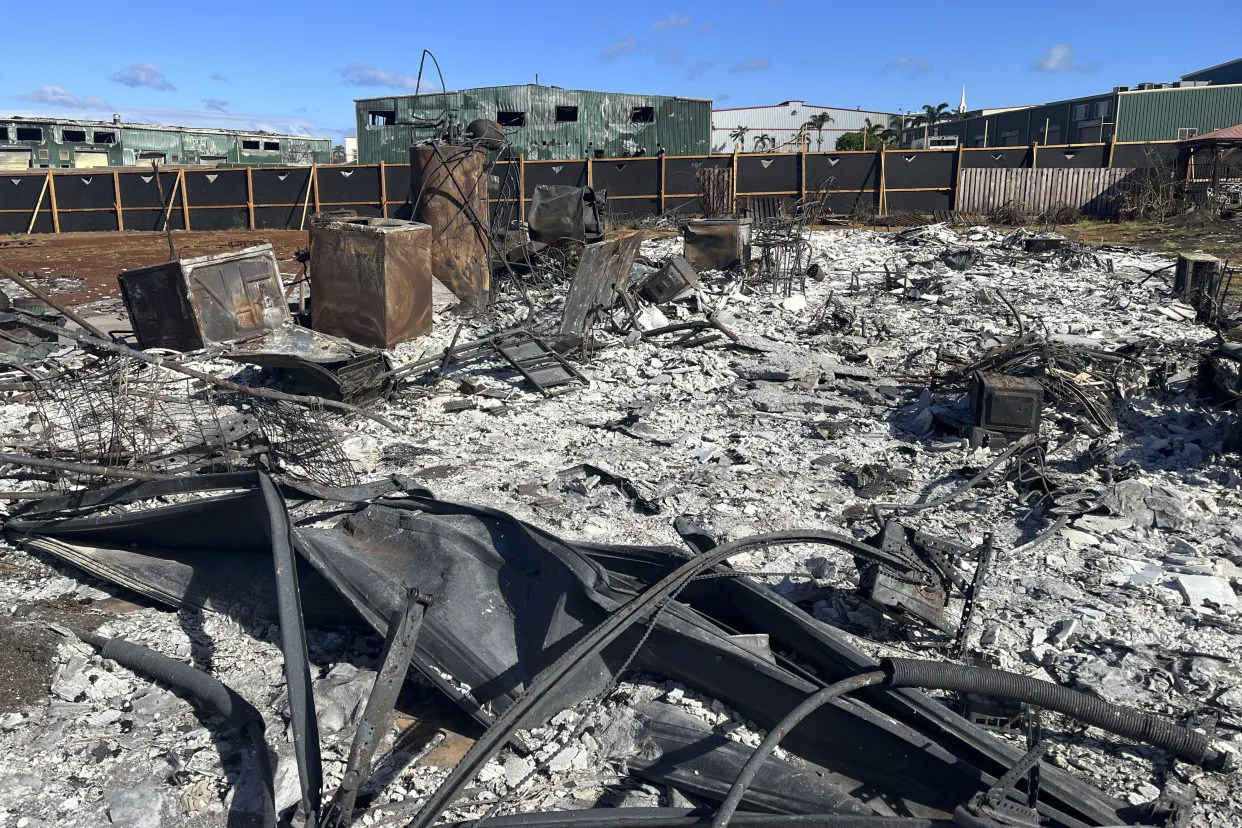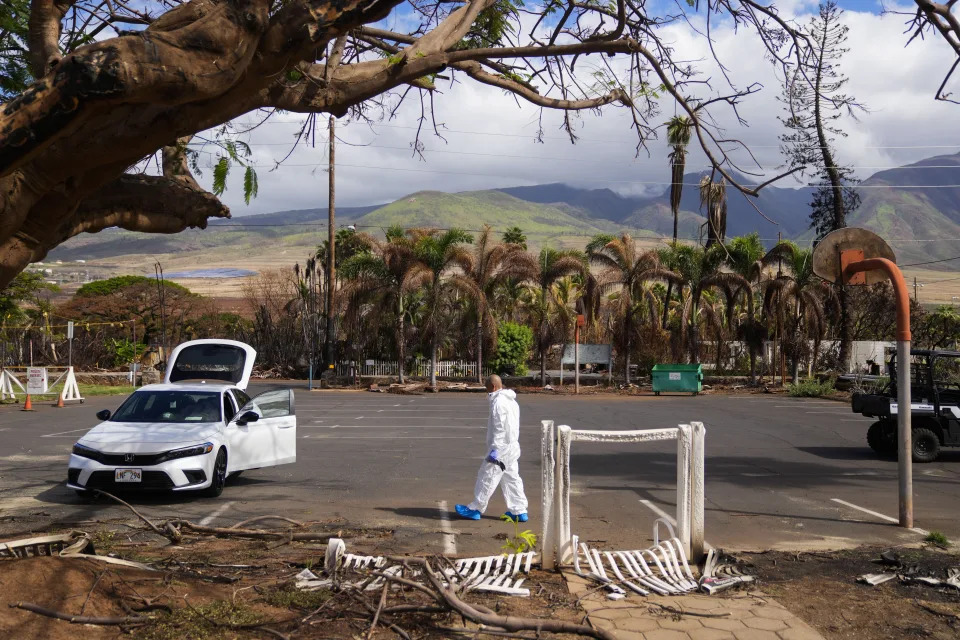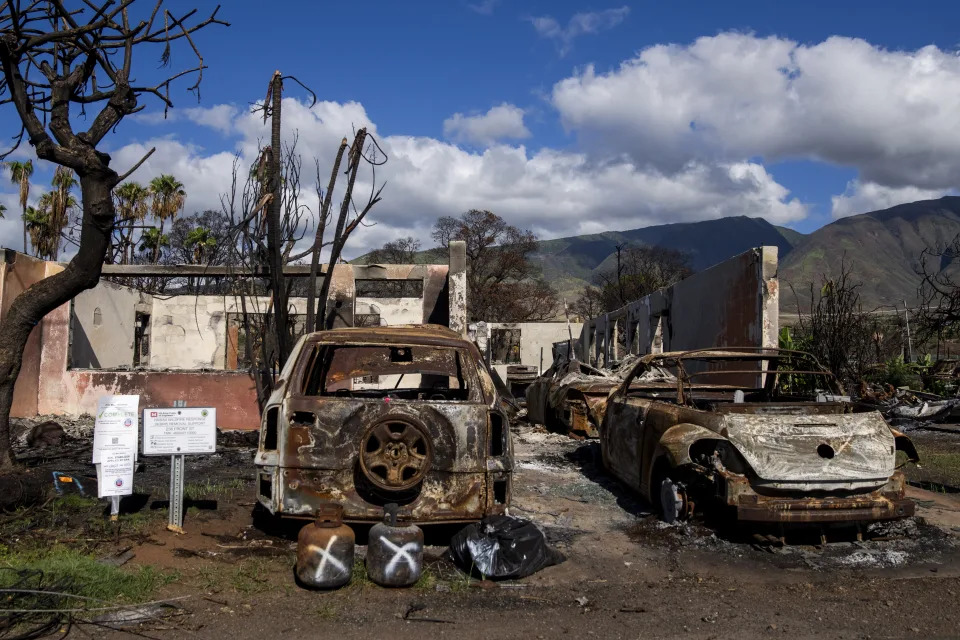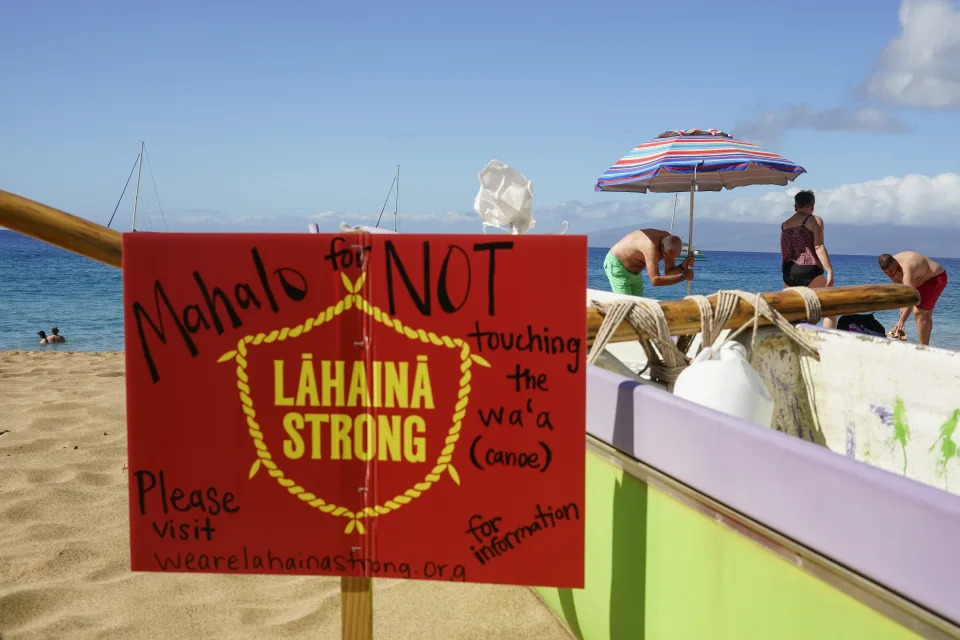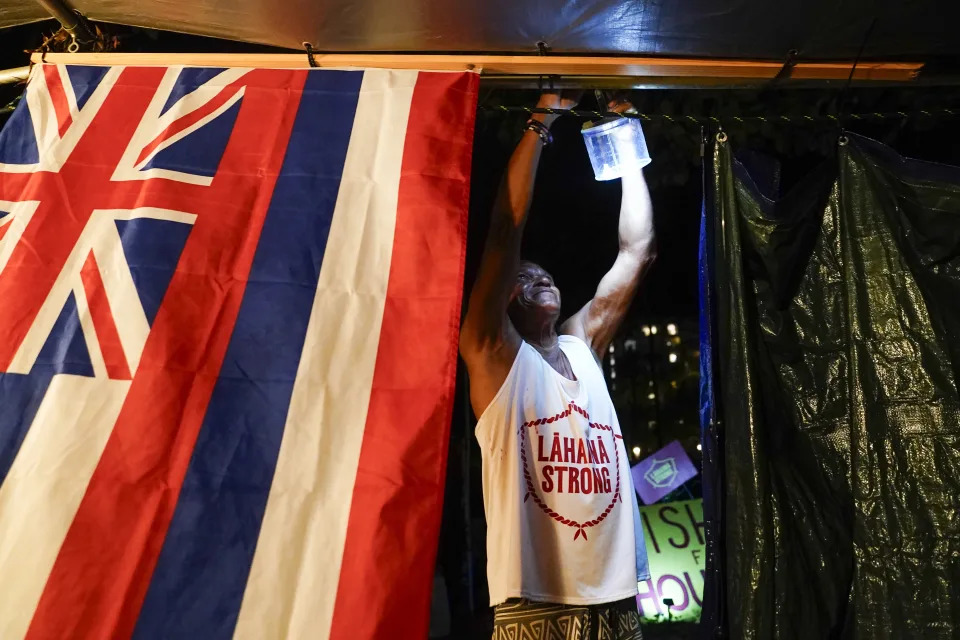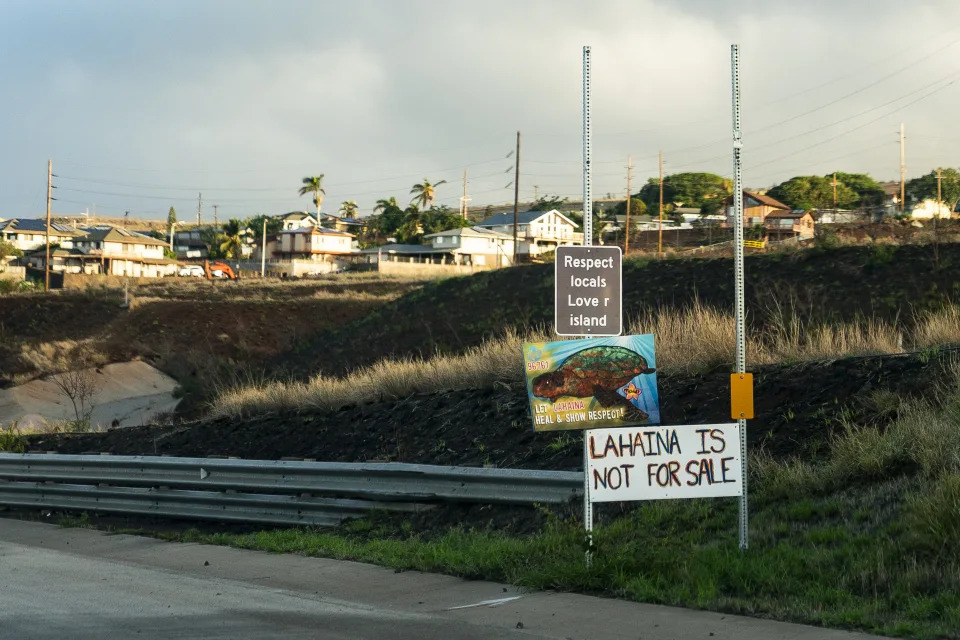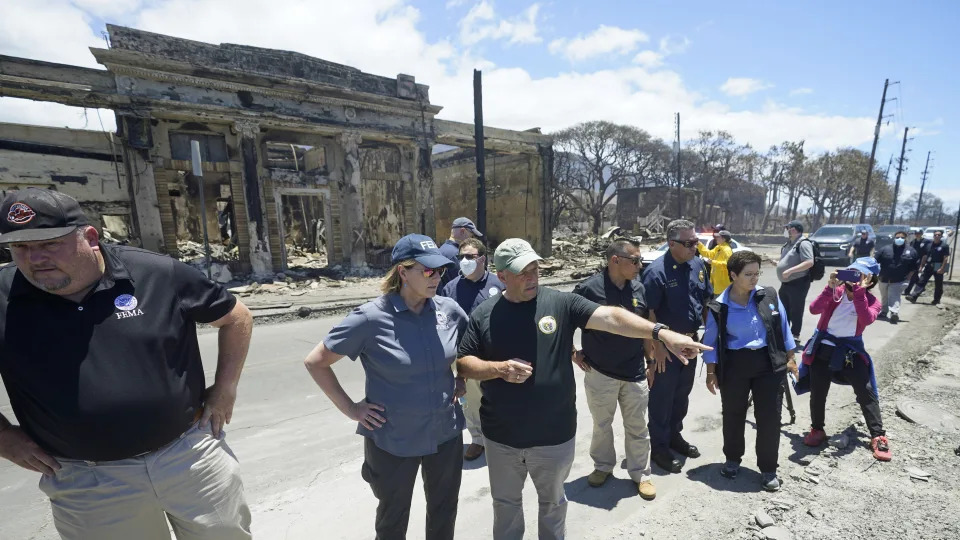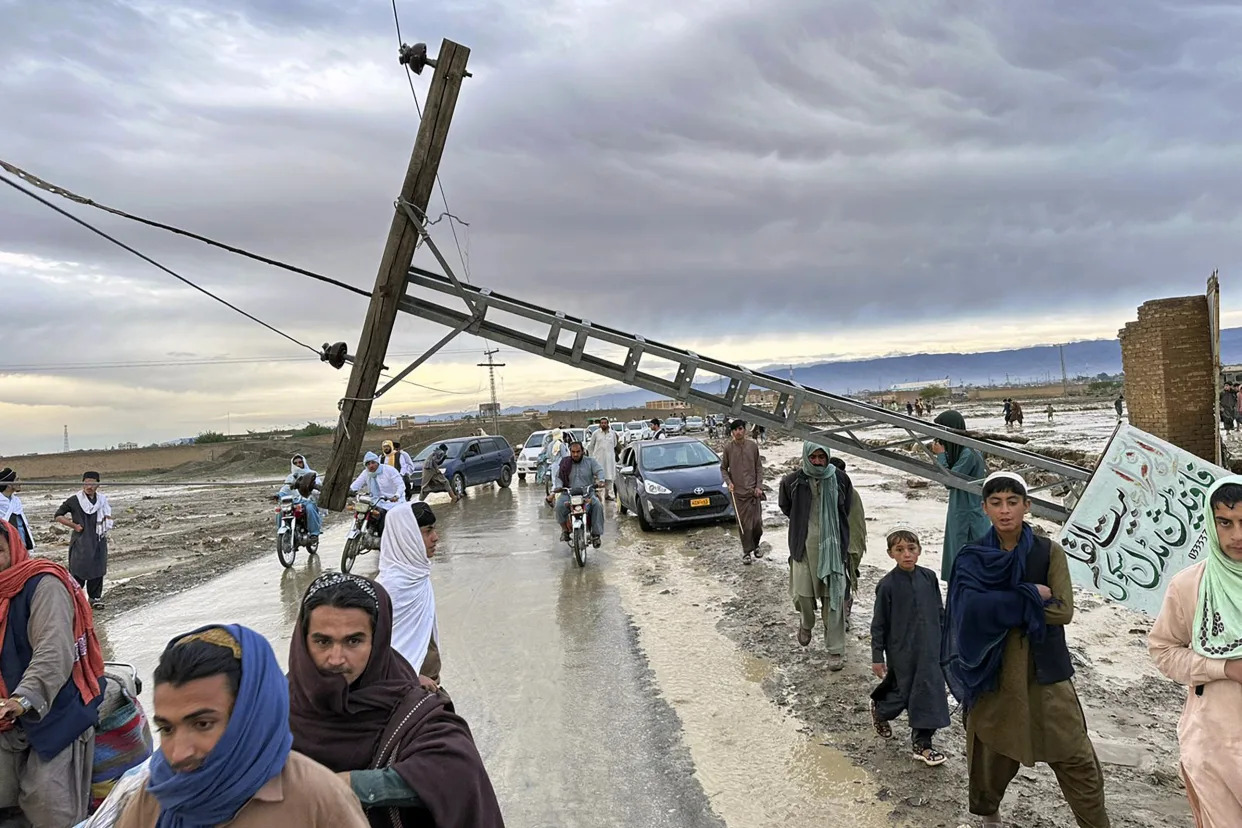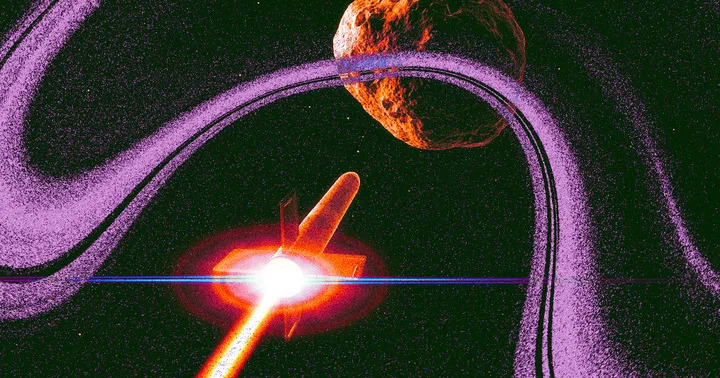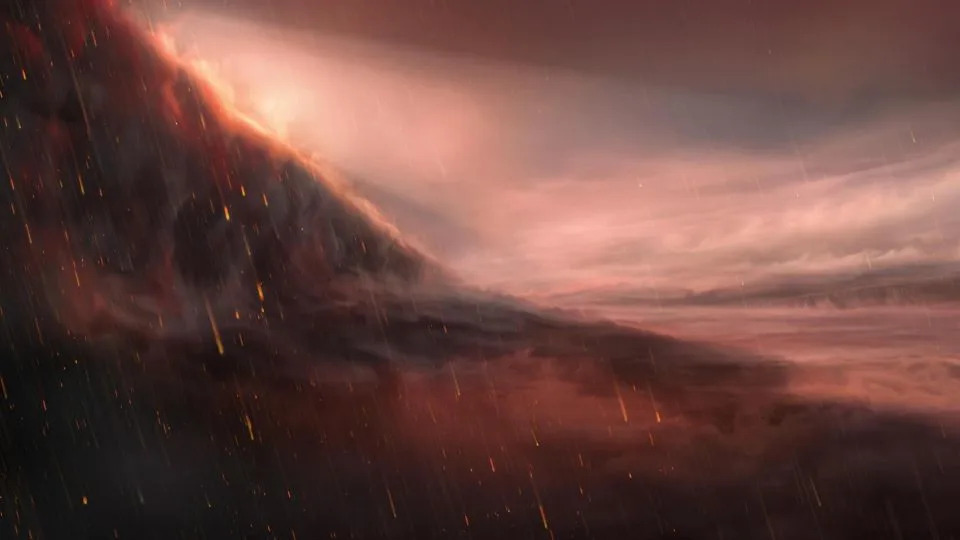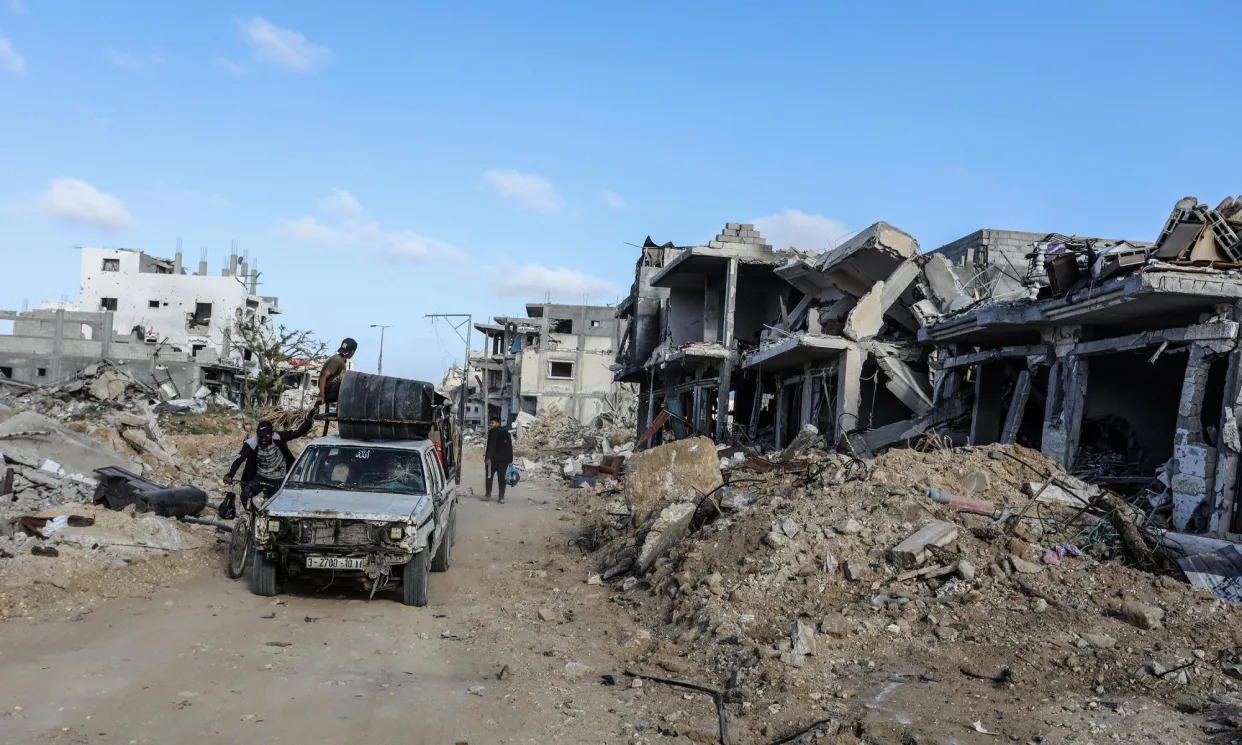The recent military conflict between Iran and Israel only diverts attention from the real crux of the problem.

“Where did you come from?”
“From Poland.”
“When?”
“1948.”
“When exactly?”
“March 1, 1948.”
A heavy silence prevailed. All of them began to look around at things they had no need to look at.
Said broke the silence, saying calmly: “Naturally we didn’t come to tell you to get out of here. That would take a war…”….
“I mean your presence here, in this house, our house, Safiyya’s and my house, is another matter. We only came to take a look at things, our things. Maybe you can understand that.”
She said quickly: “I understand, but…”
Then he lost his composure. “Yes, but! This terrible, deadly, enduring ‘but’…”
Returning to Haifa by Ghassan Kanafani

“Your Majesty, the image given of me in the Arab press is that I am very hard. It’s not true. I have lived my life dreaming of a nation and a state, so I can understand the Palestinians. If you are angry over what we are doing to face the Palestinian uprising, it is not that we do not understand. We understand their dreams very well, but unfortunately here we have a conflict between two dreams… we agree to the Palestinians having a dream, but they should understand that it is impossible.”
Israeli Prime Minister Yitzhak Shamir to the King of Morocco — quoted by Mohamed Heikal in Illusions of Triumph: An Arab View of the Gulf War
“The obstinate fact is this: the Israelis don’t understand any language but force,” he said. “This is history — without force, they will give you nothing.”
Veteran PLO fighter Mahmoud Ajrami in the Financial Times, May 24, 2021
“Talk to whom? That’s the kind of conversation between the sword and the neck.”
Ghassan Kanafani responding to a question about why Palestinians don’t just talk to Israelis
Now that some of the euphoria has lifted, it is possible to re-examine the Israeli-PLO agreement with the required common sense. What emerges from such scrutiny is a deal that is more flawed and, for most of the Palestinian people, more unfavourably weighted than many had first supposed. The fashion-show vulgarities of the White House ceremony…only temporarily obscure the truly astonishing proportions of the Palestinian capitulation.
Edward Said, ‘The Morning After’,
London Review of Books, October 21, 1993
THE PROXIMATE
The latest iteration of Palestinian armed resistance against Israel’s colonial-apartheid state began on October 7, 2023, with an attack on Israelis by Hamas and Palestine Islamic Jihad (PIJ) fighters on land occupied by Israel. The many battles, kinetic and non-kinetic, in this long war have entered the seventh month.
Israel’s response has been brutal and genocidal. The Israeli targeting strategy — bombing homes, tall buildings, hospitals, bakeries, prayer places, people moving to safer zones or collecting aid packages, aid workers, civil defence personnel, paramedics, journalists — and a very high tolerance threshold for civilian casualties have already been discussed at length by several international media outlets, including Israeli publications such as +972 and Local Call. That account, in granular detail, cannot be bettered and is widely available to readers and viewers around the world.
At the time of writing this, the talks to obtain a ceasefire have stalled. There were and are many proposals on the table, but Hamas and Israel are sticking to their positions: Hamas wants a permanent ceasefire and complete Israeli withdrawal; Israel wants a temporary ceasefire, return of Israeli captives and the freedom to continue its war to “destroy” Hamas’ fighting capability, a euphemism for exterminating and expelling Gazans and occupying Gaza to make way for illegal Israeli settlements.
Then, on April 1, Israel attacked Iran’s consulate building in Damascus, killing seven Islamic Revolutionary Guards Corps officers, including two generals. That action, illegal under relevant provisions of international law, threw the region in a tizzy. Iran promised a response and delivered one on the night of April 13 with an unprecedented attack on Israel from Iranian soil, using direct attack munitions and land-attack cruise and ballistic missiles.
The recent military conflict between Iran and Israel only diverts attention from the real crux of the problem — the brutal Israeli occupation of Palestine and its ongoing genocidal actions in Gaza. Ejaz Haider explains why it is important to look at the wider picture of Zionism’s plans in the region and the place of Palestinian resistance to it
The attack generated fears around the world about a likely Israeli response, resulting in vertical and horizontal escalation across the region. The Israeli war cabinet meetings, at the time of writing, had agreed on a response but have remained divided over when and how.
During this episode, news about ongoing violence in Gaza and the Occupied Palestinian Territories (OPTs) was pushed to the sidelines. That violence continues unabated, though with a spike in attacks on the Palestinians in the OPTs by illegal Israeli settlers, who are always protected by Israeli security forces.
But this is just the immediate or proximate, if you will. This war did not begin on October 7. It has a much longer trajectory. Consider.
THE LONGER CONTEXT
Look again at the quotes above. They are there for a reason. Juxtapose what Kanafani, Ajrami and Said are saying with what Shamir said to the King of Morocco: Palestinians have a dream but that dream is impossible. What dream is that, especially since Resolution 181 of the United Nations passed on November 29, 1947 and the war that followed it?
That dream, shattered multiple times through subsequent wars in 1967 and 1973, is to have a Palestinian state, where Palestinians can exercise the right to return, a state which is not just an administrative authority but a sovereign state. It is this dream that Shamir told the King is impossible.
For most of the world, Oslo I (1993) and Oslo II (1995) were to take care of this problem. The Palestine Liberation Organisation (PLO) had been recognised as the sole representative of the Palestinian people, the Palestinian Authority was to govern the affairs of its people and all would be well. There would be talks about a final settlement after five years of Oslo II.
That was not to be. As Said and many others at the time — and many since — pointed out, the Oslo Agreements effectively ended Palestinians’ right to resist. They also entrapped the Palestinians into perennial subjugation by a settler-colonial state.
Why and how? The agreements didn’t address Israeli violence or incursions into Palestinian towns and camps, Israeli illegal settlements, Palestinian refugees’ right to return and Israel’s control of land, sea and air.
As Said wrote in the LRB article: “In his September 13 press conference, [Yitzhak] Rabin was straightforward about Israel’s continuing control over sovereignty; in addition, he said, Israel would hold the River Jordan, the boundaries with Egypt and Jordan, the sea, the land between Gaza and Jericho, Jerusalem, the settlements and the roads. There is little in the document to suggest that Israel will give up its violence against Palestinians.”
This is also clear from Rabin’s speech to the Knesset on October 5, 1995, where he presented the Oslo II Agreement: “We would like this [Palestinian Municipal Authority (PA)] to be an entity which is less than a state and which will independently run the lives of the Palestinians under its authority.”
He then went on to explain how the arrangement would work: “The first stage of this redeployment of [Israeli Defence Forces (IDF)] will be carried out in three areas…: Area A — or the ‘brown’ area… will include the municipal areas of the six cities — Jenin, Nablus, Tulkarm, Qalqilya, Ramallah, and Bethlehem. Responsibility for civilian security in this area will be transferred to the Palestinian Authority.
“Area B — or the ‘yellow’ area includes almost all of the 450 towns and villages in which the Palestinians of the West Bank live. In this area, there will be a separation of responsibilities. The Palestinians will be responsible for managing their own lives, and Israel will have overall responsibility for the security of Israelis and the war against the terrorist threat. That is, IDF forces and the security services will be able to enter any place in Area B at any time.
“The third area, Area C, or the ‘white’ area is everywhere that is not included in the areas that have been mentioned until now. In this area are the Jewish settlements, all IDF installations, and the border areas with Jordan. This area will remain under IDF control.
“Areas A and B constitute less than 30 percent of the area of the West Bank. Area C, which is under our control, constitutes more than 70 percent of the area of the West Bank.”
Thirty days after this speech, on November 4, 1995, Rabin was assassinated. He is widely known as someone who wanted peace. That might be true, but not even he believed in allowing an independent, sovereign Palestinian state. The quotes from his speech make the situation clear.
They should also make clear how and why Israel has created disjointed Palestinian towns through checkpoints and roadblocks; how Palestinian movement is entirely dependent on Israel; how and why the IDF and Israeli police can raid and enter any area, including Area A, with impunity. But most importantly, how these “interim” agreements have (a) become the status quo, (b) turned the Palestinian Authority and its security forces into Israeli collaborators, and (c) put a nail in the coffin of any final settlement.
The Israeli rightwing was opposed to the accords. After Rabin’s assassination, Ariel Sharon and Benjamin Netanyahu rose to power. Neither had any intention of following up on the interim arrangements to a final settlement. Israel continued to expand its illegal settlements, created a strong chokehold on areas under nominal PA control, and increased its military and intelligence activities in Palestinian towns.
On the Palestinian side, Hamas and the PIJ were opposed to the accords and “warned that a two-state solution would forgo the right of Palestinian refugees to return to the historic lands seized from them in 1948 when Israel was created.” Said in his LRB article called it “an instrument of Palestinian surrender, a Palestinian Versailles.”
Today’s Israeli government comprises people who believe in expelling Palestinians from Eretz Yisrael [Greater Israel]. Itamar Ben-Gvir, Israel’s current National Security Minister, had threatened to kill Rabin. Along with Bezalel Smotrich, the far-right current finance minister, he is also an illegal settler.
This is of course a very sketchy account. But the essential point is simple: Israel, artificially created as a Jewish state, simply cannot exist alongside a sovereign Palestinian state. This has been made clear by a number of Zionists. Their argument: “If we allow Palestinians to return, what will become of the Jewishness of the Jewish state.”
Neither one state nor two states works for Israel. As discerning observers have noted, given what happened to the Oslo Accords, the two-state solution only lives in sham bureaucratic platitudes.
There were and are many proposals on the table, but Hamas and Israel are sticking to their positions: Hamas wants a permanent ceasefire and complete Israeli withdrawal; Israel wants a temporary ceasefire, return of Israeli captives and the freedom to continue its war to “destroy” Hamas’ fighting capability, a euphemism for exterminating and expelling Gazans and occupying Gaza to make way for illegal Israeli settlements.
 The head of the Palestine Liberation Organisation (PLO) Yasser Arafat (left), Israeli foreign minister Shimon Peres (centre) and Israeli prime minister Yitzakh Rabin (right) jointly won the Nobel Peace Prize in 1994 after the first Oslo Accord was signed in 1993: the Oslo Agreements effectively ended Palestinians’ right to resist and entrapped them in perennial subjugation by a settler-colonial state | Reuters
The head of the Palestine Liberation Organisation (PLO) Yasser Arafat (left), Israeli foreign minister Shimon Peres (centre) and Israeli prime minister Yitzakh Rabin (right) jointly won the Nobel Peace Prize in 1994 after the first Oslo Accord was signed in 1993: the Oslo Agreements effectively ended Palestinians’ right to resist and entrapped them in perennial subjugation by a settler-colonial state | ReutersSOME HISTORY IS IMPORTANT
The idea of political Zionism is credited to Theodor Herzl’s 1896 pamphlet The Jewish State. But Herzl, a Jewish journalist and essayist who was born in Budapest in the Austro-Hungarian Empire, and is considered the father of Israel, was not the first Jewish writer to have presented this idea. Zionism predated Herzl.
The idea in several forms was gestating among European Jews who were actively a part of European socio-political turmoil in the 18th and 19th centuries. As German historian Michael Brenner describes it, “Nationalism was a characteristic trait of life in 19th century Europe, and Jews were right in the middle of it.” They had “witnessed and often participated in the struggles for unity and independence of European nations, from the Polish rebellions against the Czarist Empire to the Italian Risorgimento and the struggle over German unification.”
It was “no coincidence that the most significant precursors of Zionism came from the much-contested border areas of Europe or explicitly mentioned the fight for sovereignty of European nations as an inspiration of their own (proto-)Zionist writings.”
Rabbi Yehuda Alkalai (1798–1878), born in Sarajevo, and Rabbi Zvi Hirsch Kalischer (1795–1874), born in West Prussian Thorn, were two contemporaries who believed that Jews could not passively await the arrival of the Messiah. Their approach was very different from many ultra-orthodox Jews (including rabbis) who were to later oppose Herzl’s political Zionism.
Alkalai, in fact, came up with a novel interpretation and pointed to “a precedent in the traditional Jewish idea of a first, temporary, Messiah from the house of Joseph, who would lead a militant struggle to open the way for the final arrival of the real Messiah from the house of David.”
This two-stage interpretation looked at Zionism, in terms of a return to the Biblical idea of Eretz Yisrael, as the form of a collective Messiah of the house of Joseph, which would then lead to the arrival of the real Messiah. As Brenner puts it, “He thus legitimised the return of the Jews and the establishment of their state in Israel by his quite original theological interpretation.”
Kalischer, while not going for a novel exegesis, however, argued in his 1862 treatise Seeking Zion (German: Drishat Tsion) that Jews could not passively wait for the Messiah. “Instead, he called for human intervention to hasten the coming of the Messiah. The colonisation of the Land of Israel was one measure he suggested.”
Speaking with me, American policy scholar Barnett Rubin, who is known here because of his work on Afghanistan and Central Asia, talked about false messiahs. That account is contained in a long article he wrote for the Boston Review titled, ‘False Messiahs: How Zionism’s dreams of liberation became entangled with colonialism.’
But a little known and often forgotten fact is that Jewish political and religious Zionism came much later. It was preceded by Christian (later, Protestant) Zionism. Jordanian-Palestinian Professor Joseph Massad takes the idea back to Christian millenarianism during the crusades. British Reverend Dr Stephen Sizer argues this point in his book Christian Zionism: Road Map to Armageddon? and says that, “Christian Zionism is the most dominant and destructive expression of Zionism today.”
Meanwhile, Donald E Wagner, author of Anxious for Armageddon and who teaches at North Park University in Chicago, notes that, “Christian Zionism…views the modern state of Israel as the fulfilment of Biblical prophecy, thus deserving our unconditional economic, moral, political and theological support.”
What we are witnessing today is a coming together of Jewish Zionism, which has now transformed into Religious Jewish Zionism, and modern Protestant millenarianism that is pegged on the Second Coming of Christ.
This is where theology, politics and geopolitical interests intersect. The ‘return’, essentially the stealing of Palestinian land, not only fulfilled a promise for the Jews but also provided them the support of Christian millenarians and, presumably, secular, democratic Western governments.

WHY IS THIS IMPORTANT?
This sketchy background of a very complex history should give the reader some idea about why, despite the Oslo Agreements, no solution to the Palestinian colonisation is in sight; why Israel continues to insist on keeping Gaza as an open prison and the OPTs as areas that are effectively controlled by Israeli military and intelligence services; why Israel can, at will, curtail freedom of movement, raid, arrest and kill Palestinian men, women and children; and why Israel continues to expand illegal settlements in the face of UN resolutions by destroying Palestinian properties and land. Most importantly, it explains why Israel will never agree to a sovereign Palestinian State.
The two-state solution, as noted above, is a red-herring. Take, for instance, the US position: first in 2011 and now two weeks ago, the US has killed Palestine’s application in the UN Security Council for a full state status. The US insists that, until a final settlement, Palestine cannot have full status.
But while mouthing the two-state bromide, it has failed to force Israel into moving towards final settlement talks or stop it from expanding its illegal settlements. Last September, when Israeli Prime Minister Benjamin Netanyahu went to the UN with a map of Israel that showed Gaza, OPTs, Galilee and the Syrian Golan Heights as part of Israel, the US never objected to his brandishing of that map.
That map is Eretz Yisrael. Israel cannot openly show Jordan and parts of Syria and Lebanon in that map because of geopolitical sensitivities, but there’s more to Eretz Yisrael than the ‘River to the Sea’ slogan. When a reporter once asked Menachem Begin about the borders of Israel, Begin responded by saying, “But they are given in the Bible.”
As Rubin wrote in an article for the website Mondoweiss, titled ‘Redemption through Genocide’: “In the wake of the 1967 War, Rabbi Tzvi Yehuda Kook’s teaching that the commandment to ‘conquer and settle’ the Land of Israel was equal to all the other commandments, inspired [ultranationalist Jewish settler movement] Gush Emunim. Fulfilling that commandment is the greatest tikkun [acts of repair] and will hasten the footsteps of the Messiah. ‘The army of Israel,’ Kook taught, ‘is the army of Hashem [God].’”
Expansion, repair, the promised land, the return of the Messiah, the army of God — none of this squares with a settlement with the Palestinians.
THE PLACE OF VIOLENCE
This is where the Palestinian armed resistance comes in. International humanitarian law legitimises wars of national liberation. The Additional Protocol I to the Geneva Conventions of 1949 describes such resistance as a protected, universal and essential right of occupied people.
This is further corroborated by UNGA’s 1974 Resolution 3314, which not only prohibits states from “any military occupation, however temporary” but also affirms the right “to self-determination, freedom and independence […] of peoples forcibly deprived of that right,[…] particularly peoples under colonial and racist regimes or other forms of alien domination.” The resolution also recognises the right of the occupied to “struggle…and to seek and receive support” in that effort. This is further corroborated by UNGA resolution, A/RES/37/43 of December 3, 1982 which “Reaffirms the legitimacy of the struggle of peoples…all available means, including armed struggle;…” (italics added)
International Law is very clear. The rest is geopolitical baloney. Hamas’ October 7 attack, despite the very high cost to Gaza and Gazans, has served to sharpen focus on Israel’s real objective: expel Palestinians from occupied territories and create Eretz Yisrael from the River to the Sea.
Ajrami, who trained hundreds of Hamas and PIJ fighters, advised them to be patient and bide their time: “Let the beast sleep until you are ready,” he said. But when the time is ripe, “Bring the beast to me, and we will slay it together.”
Hamas knew how Israel would respond: brutally and vengefully. In strategic terms, begetting the expected Israeli response was key to creating an international public relations disaster for Israel. That is precisely what has happened.
For the first time in its artificial history, Israel has lost the support of not only a number of states but people around the world. It is in the International Court of Justice dock on the charge of committing genocide and its actions have also put Germany in the dock.
The United States, its strongest ally, is in a quandary — it is stretched in geopolitical terms, from Ukraine to the South China Sea to the Middle East. The Global South, to use a loose term, no longer considers it an honest broker.
This does not mean that Israel will relent. It won’t. It also retains the capabilities to put up a fight and it will. A mix of political and religious Zionism means it cannot have a single, inclusive state in Palestine; nor can it allow a sovereign Palestine as part of a two-state solution — unless, the US and its Western allies develop some basic moral compass.
In the interim, Israel will become even more brutal. It is locked in a paradox of its own creation: such are the very conditions of the problem that the solution to the problem is rendered impossible. American author Joseph Heller called it Catch 22.
Equally, as the Hamas attack and subsequent horizontal escalation have shown, the rules of engagement in the Middle East have changed. To quote the IDF spokesperson Lt-Col Peter Lerner, the Axis of Resistance has created a “ring of fire” around Israel.
Resistance groups are in this war and its many battles for the long haul. They have seen how this iteration has created second- and third-order effects for Israel and the US. With the growing commodification of weapon systems, platforms and associated technologies, capabilities are becoming diffused and spreading laterally. That fact has consequences for more iterations of this war.
There are two ways of dealing with this: either the Western world leans heavily and decisively on Israel to deliver a sovereign Palestinian state or the war will continue. Its continuation will have unintended and catastrophic consequences.
As TS Eliot said in East Coker:
“Our only health is the disease
If we obey the dying nurse
Whose constant care is not to please
But to remind of our, and Adam’s curse,
And that, to be restored, our sickness
must grow worse.”
The writer is a journalist interested in security and foreign policies. X: @ejazhaider
Published in Dawn, EOS, April 21st, 2024
